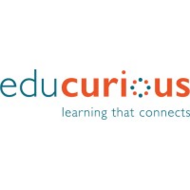Pa'lante: Onward With Art
(View Complete Item Description)Students begin this unit by discussing their relationship with art, and the extent to which they believe art drives resistance movements. Students then participate in a Gallery Walk that highlights how members of the Puerto Rico community in the Young Lords used art to advance their ideas and preserve their culture. Students center the activism of Indigenous peoples in Puerto Rico by studying bomba music and murals. This helps them understand the roots of art—both visual and performance—as activism, and respond to the question: How can understanding Latinidad through art help us confront social and political injustices? Throughout this unit, students work in teams to create a poster series that inspires civic engagement and action on issues of social and political injustice.
Material Type: Lesson, Lesson Plan, Module, Teaching/Learning Strategy, Unit of Study














